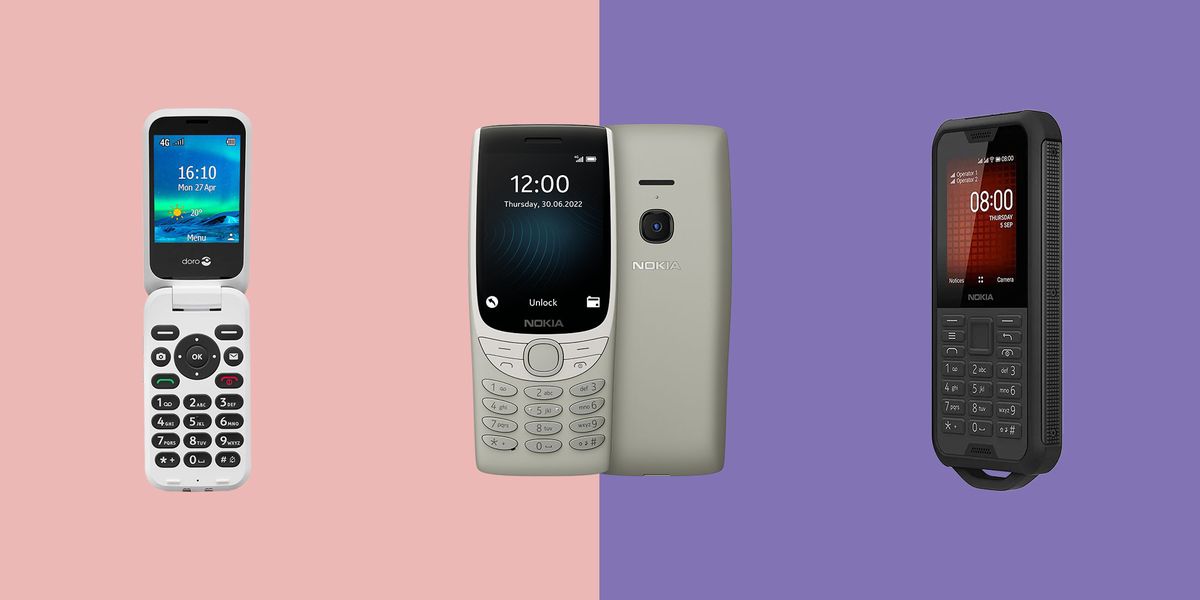Breaking up with your smartphone can be a challenge, but a growing market for “dumbphones” is providing offline alternatives. The well-documented negative effects of excessive screen time—such as loneliness, addiction, anxiety, and depression—have prompted many to seek ways to disconnect. A dumbphone is a simple, ’90s-style cellphone that lacks the multitude of apps contributing to prolonged screen use. It’s a return to the basics of texting and calling.
The New Yorker recently referred to the rising popularity of dumbphones as a “burgeoning cottage industry.” Brands like Heineken and Bodega have even released limited-stock phones like The Boring Phone, which, devoid of apps, encourages users to engage in conversations. DumbWireless, established in 2022, offers a range of phones from companies like Light, Punkt, and Nokia, with prices ranging from $50 to over $300, along with T-Mobile service plans offering various data options. The platform was founded by Will Stults and Daisy Krigbaum, who struggled with unplugging themselves. Krigbaum remarked, “Everybody gets that creeping feeling that they can’t go on with the way they’re doing things with their smartphone.” DumbWireless sells phones and accessories like cases and SIM cards wholesale, and they provide information to potential customers.
Another resource, “The Dumbphone Finder,” created by Jose Briones, helps connect people with similar options. DumbWireless experienced a significant increase in sales, selling about $68,000 worth of phones last month compared to $5,000 in March 2023. Briones’ affiliate links on Amazon saw about 4,200 items ordered from January to March 2024, up from approximately 800 in the same period in 2023. The manufacturer of Nokia phones reported a doubling of sales for flip phones in 2023 compared to 2022.
While smartphone dependency has somewhat decreased among Gen Z and Millennials in recent years, most still rely heavily on screens. In 2018, 28% of 18-29 year olds reported being dependent on smartphones, dropping to 20% in 2023 according to a Pew Research survey. However, only 1% of individuals in the same age group reported owning a non-smartphone. The concerning link between social media use and mental health issues among American youth is well-documented. Many who try out dumbphones still retain their smartphones, switching SIM cards between the two devices.

